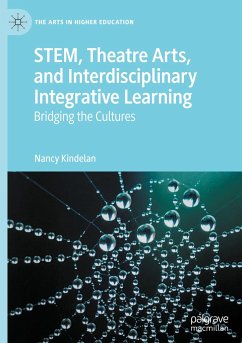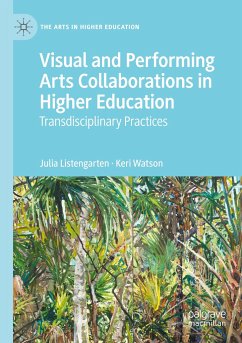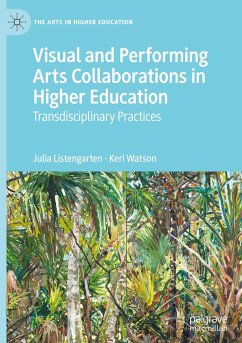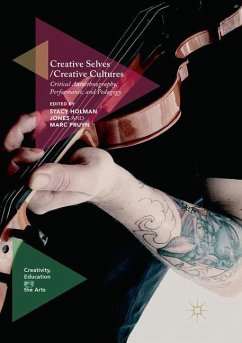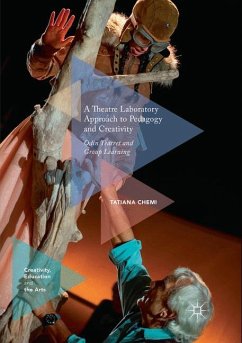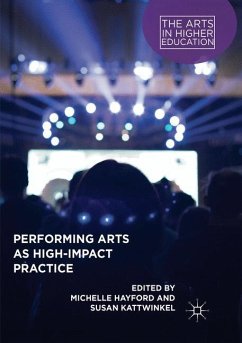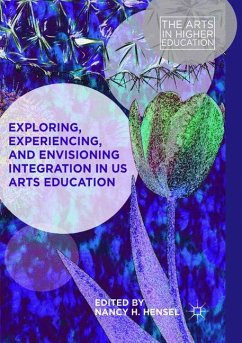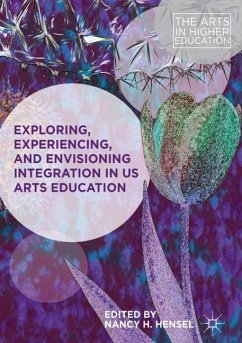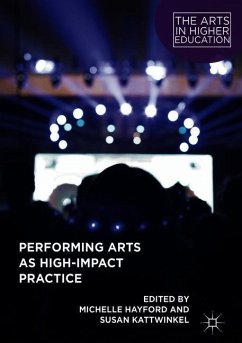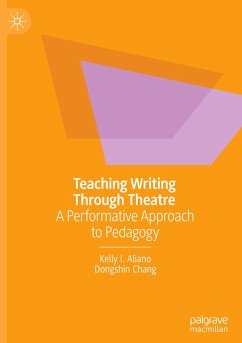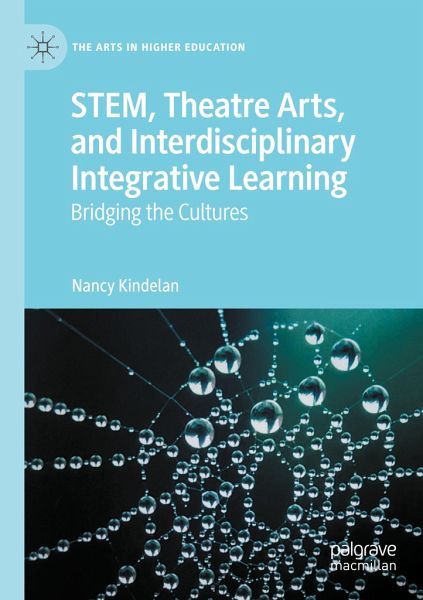
STEM, Theatre Arts, and Interdisciplinary Integrative Learning
Bridging the Cultures
Versandkostenfrei!
Versandfertig in 6-10 Tagen
83,99 €
inkl. MwSt.
Weitere Ausgaben:

PAYBACK Punkte
42 °P sammeln!
This book responds to challenging questions about curricular realignment, especially how a more porous approach to higher education reduces the impact of a "siloed" curriculum, lessens the tendency toward the fragmentation of knowledge, allows for the development of cross-disciplinary explorations, and promotes new approaches to knowledge and creativity through interdisciplinary integrative learning. This volume demonstrates how combining two seemingly disparate cultures helps undergraduate students develop creative mindsets needed for addressing challenging open-ended questions, complex socia...
This book responds to challenging questions about curricular realignment, especially how a more porous approach to higher education reduces the impact of a "siloed" curriculum, lessens the tendency toward the fragmentation of knowledge, allows for the development of cross-disciplinary explorations, and promotes new approaches to knowledge and creativity through interdisciplinary integrative learning. This volume demonstrates how combining two seemingly disparate cultures helps undergraduate students develop creative mindsets needed for addressing challenging open-ended questions, complex social issues, and non-routine problem-solving. In doing so, this book aims to stimulate discussions about integrative interdisciplinary education between STEM and other fields of performance and performance technologies that have been either overlooked or underdeveloped.





